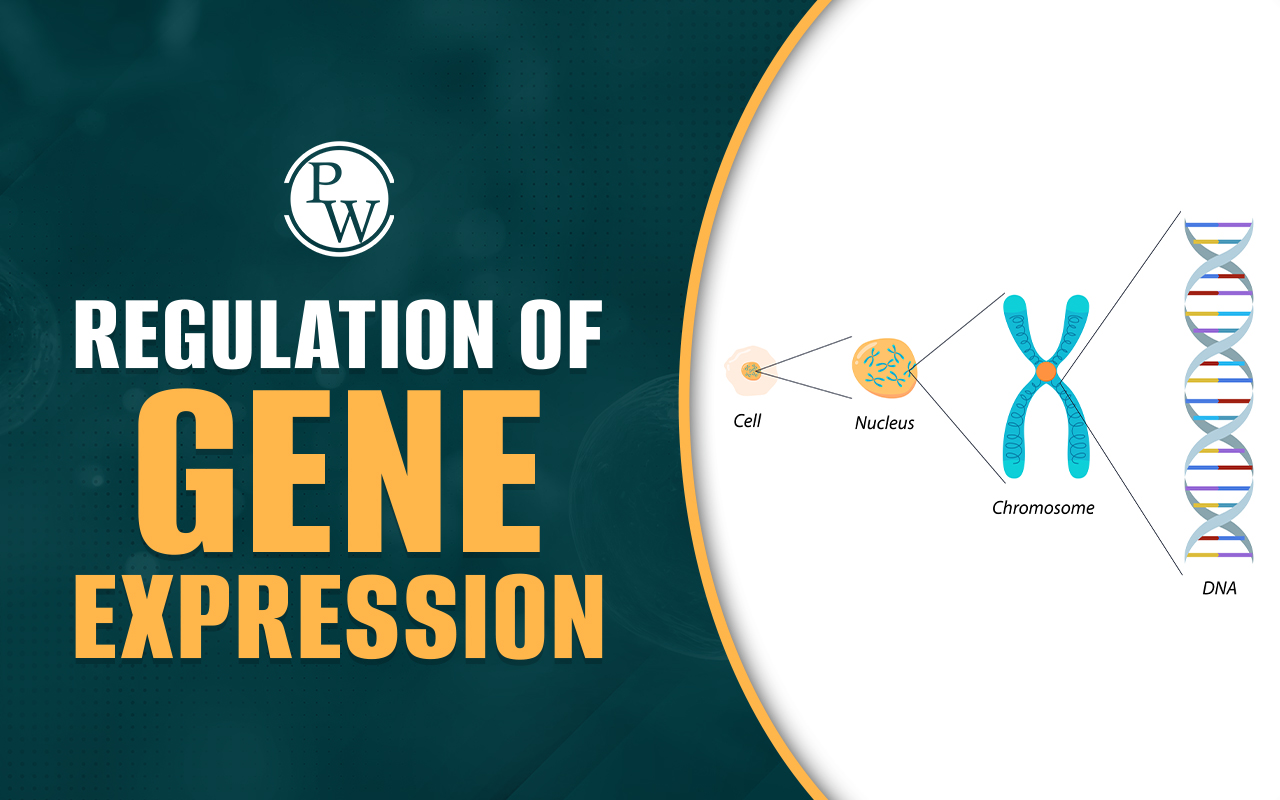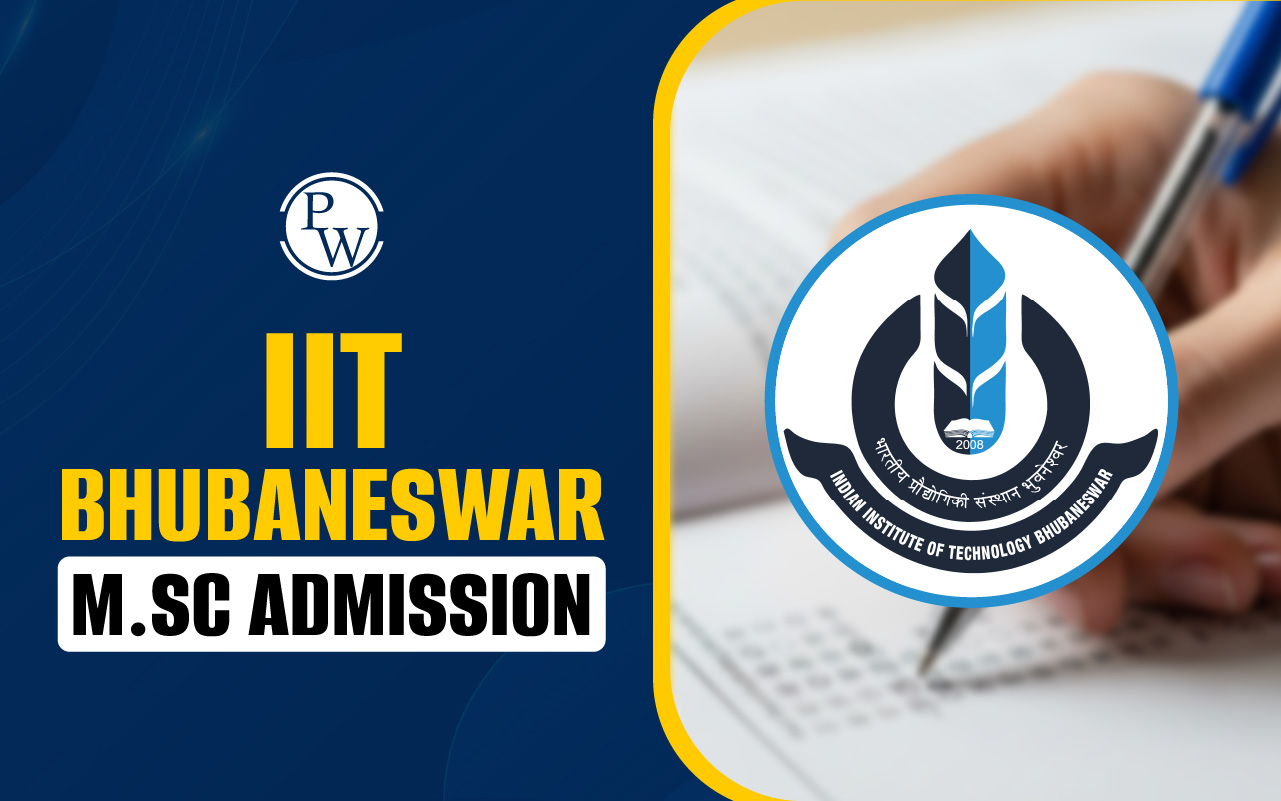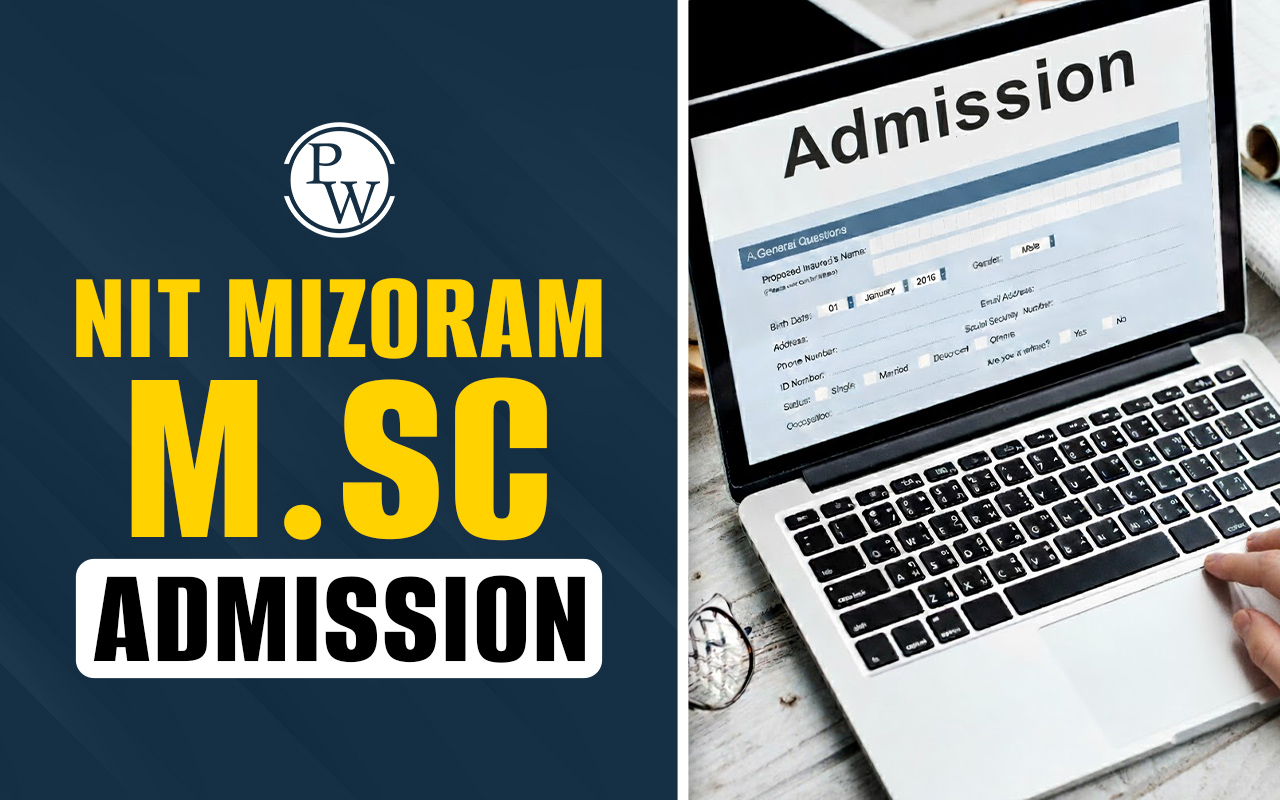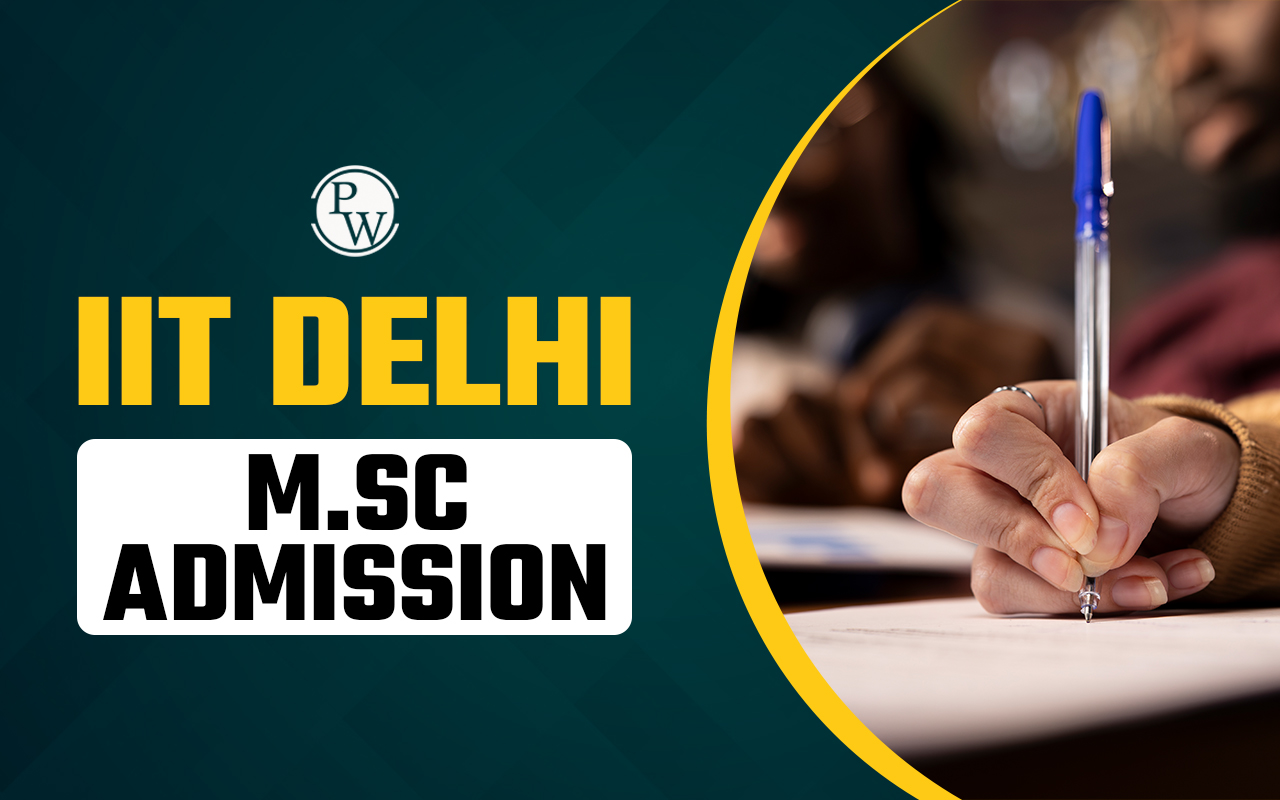
IIT JAM Economics Syllabus 2026: Institute of Technology (IITs) Economics Syllabus 2026 has been released on the official website of IIT JAM. The syllabus helps students know what topics they need to study for the exam. It will include subjects like Microeconomics, Macroeconomics, Indian Economy, Statistics, and Mathematics.
Each section will have important topics and subtopics that are commonly asked in the exam. Students are advised to check the official syllabus once it is available and start their preparation accordingly. The updated syllabus will be shared here as soon as it is released.
IIT JAM Economics Syllabus Overview
IIT JAM Economics Syllabus 2026 has been announced on the official website. Check the given below table for an overview of the IIT JAM Economics Syllabus 2026.
| IIT JAM Economics Syllabus Overview | |
| Category | Details |
| Exam Name | IIT JAM 2026 |
| Post Category | IIT JAM Economics Syllabus 2026 |
| Status | Released |
| Exam Mode | Online |
| Exam Duration | 3 hours |
| Total Marks | 100 |
| Number of Questions | 60 |
| Paper Pattern | Divided into three sections (A, B & C Section), Section A (30 Multiple-Choice Questions), Section B (10 Multiple-Choice Questions), Section C (20 Numerical Answer Type Questions) |
| Eligibility Criteria | Graduate in Economics or a related discipline |
IIT JAM Economics Syllabus PDF
IIT JAM Economics Syllabus PDF is a useful file for candidates preparing for the exam. It contains all the important topics and subjects included in the IIT JAM Economics syllabus. Candidates can use the syllabus PDF to make a proper study plan and cover all the sections. The IIT JAM Economics Syllabus 2026 has been released. Candidates can download and refer to the syllabus via the link provided below to kickstart their preparations.
IIT JAM Economics Section wise Syllabus
IIT JAM Economics Section-wise Syllabus 2026 has been released the official authorities. Now, candidates can refer to the previous year’s syllabus to get an idea of the topics covered in each section. Below is a detailed breakdown of each subject area in an easy-to-understand format.
IIT JAM Microeconomics Syllabus
Candidates preparing for the IIT JAM Economics Exam 2026 should first check the detailed Microeconomics syllabus. The table below gives the list of important topics and subtopics to focus on:
| IIT JAM Microeconomics Syllabus | |
| Topics | Sub Topics |
| Consumer theory | Preference, utility, and representation theorem, Budget constraint and choice, Demand (ordinary and compensated), Slutsky equations, and Choice under risk and uncertainty Revealed preference axioms. |
| Production, costs | Technology and isoquants, Production with one or more variable inputs, Returns to scale, Short-run and long-run costs, Cost curves in the short run and long run, Perfect competition in markets |
| General equilibrium and welfare | Equilibrium and efficiency under pure exchange and production, Welfare economics, Theorems of welfare economics |
| Market structure | Monopoly and pricing with market power, Price discrimination (first, second, and third degree), Monopolistic competition, and oligopoly |
| Game theory | Strategic form games, Nash equilibrium, Mixed extension and mixed strategy Nash equilibrium, Iterated elimination of dominated strategies, Examples: Cournot, Bertrand duopolies, Prisoner's dilemma, Cooperative game theory: Shapley value, Nash bargaining |
| Public goods and market failure | Externalities, Public goods and markets with asymmetric information (adverse selection and moral hazard), VCG mechanism and transfer rules |
IIT JAM Macroeconomics Syllabus
The IIT JAM Macroeconomics Syllabus will take you through various aspects of the larger economic landscape. This table summarizes the topics and sub-topics covered in this syllabus, providing a structured overview of what you will be studying:
| IIT JAM Macroeconomics Syllabus | |
| Topics | Sub Topics |
| National Income | Accounting: Understanding the structure, key concepts, measurements, and circular flow of income for both closed and open economies. Examining money, fiscal, and foreign sector variables, along with their concepts and measurements. |
| Behavioral and Technological Functions | Consumption Functions: Analyzing various consumption functions, including the absolute income hypothesis, life-cycle hypothesis, and permanent income hypothesis. Investment Functions: Exploring Keynesian investment functions and understanding money demand and supply functions. Production Function: Examining the production function, a key element in economic analysis. |
| Business Cycles and Economic Models | Business Cycles: Studying the facts and features of business cycles, including both the Classical and Keynesian models. Keynesian Cross Model: Understanding the simple Keynesian cross model for income and employment determination and the multiplier effect (in a closed economy). IS-LM Model: Analyzing the IS-LM Model and Hicks’ IS-LM synthesis. Evaluating the roles of monetary and fiscal policy in managing business cycles. |
| Business Cycles and Economic Models (Open Economy) | Open Economy: Investigating the dynamics of an open economy, including the Mundell-Fleming model and the Keynesian flexible price (aggregate demand and aggregate supply) model. Assessing the roles of monetary and fiscal policy in open economies. |
| Inflation and Unemployment | Inflation: Examining theories, measurement techniques, causes, and the effects of inflation. Unemployment: Exploring various types of unemployment, methods of measurement, underlying causes, and the impact of unemployment on the economy. |
| Growth Models | Harrod-Domar, Solow, and Neoclassical Growth Models: Studying these important growth models that explain the factors contributing to economic growth and development. |
IIT JAM Economics Syllabus Statistics
The IIT JAM Statistics for Economics syllabus covers important topics such as probability theory, random variables, sampling, estimation, and hypothesis testing. Here's an overview of the key topics covered in this syllabus:
| IIT JAM Statistics for Economics Syllabus |
| Topics |
| Probability theory, Sample spaces and events, Axioms of probability and their properties, conditional probability and Bayes’ rule, independent events |
| Random variables and probability distributions, probability distributions, expected values and functions of random variables, properties of commonly used discrete and continuous distributions |
| Random sampling, Density and distribution functions for jointly distributed random variables, computing expected values of jointly distributed random variables, covariance and correlation coefficients |
| Point and interval estimation, estimation of population parameters using methods of moments and maximum likelihood procedures, properties of estimators, confidence intervals |
| Hypothesis testing, distributions of test statistics, testing hypotheses related to population parameters, Type I and Type II errors, the power of a test, tests for comparing parameters from two samples |
IIT JAM Economics Syllabus Indian Economy
The Indian Economy syllabus for IIT JAM covers various topics related to India's economic history, development, and contemporary challenges. Here are the chapters and their respective topics:
| IIT JAM Indian Economy Syllabus | |
| Chapters | Topics |
| Indian economy before 1950 | Transfer of tribute |
| Deindustrialization of India | |
| Planning and Indian development | Planning models |
| Relation between agricultural and industrial growth | |
| Challenges faced by Indian planning | |
| Indian economy after 1991 | Balance of payments crisis in 1991 |
| Major aspects of economic reforms in India after 1991 | |
| Reforms in trade and foreign investment | |
| Banking, finance, and macroeconomic policies | Aspects of banking in India |
| Cash Reserve Ratio (CRR) and Statutory Liquidity Ratio (SLR) | |
| Financial sector reforms in India | |
| Fiscal deficit | |
| Savings and investment rates in India | |
| Inequalities in social development | India’s achievements in health, education, and other social sectors |
| Disparities between Indian States in human development | |
| Poverty | Methodology of poverty estimation |
| Issues in poverty estimation in India | |
| India’s labor market | Unemployment |
| Labor force participation rates | |
IIT JAM Economics Syllabus Mathematics
The Mathematics for Economics syllabus in IIT JAM is designed to equip students with mathematical tools and concepts relevant to economics. Here are the topics and their subtopics:
| IIT JAM Mathematics for Economics | |
| Topics | Sub Topics |
| Preliminaries and Functions of one real variable | Set theory and number theory |
| Graphs, elementary types of functions: quadratic, polynomial, power, exponential, logarithmic, sequences and series: convergence, algebraic properties, and applications | |
| Continuous functions: characterizations, properties concerning various operations, and applications | |
| Differentiable functions: characterizations, properties with respect to various operations, and applications | |
| Second and higher-order derivatives: properties and applications | |
| Single-variable optimization | Geometric properties of functions: convex functions, their characterizations, and applications |
| Local and global optima: geometric and calculus-based characterizations, and applications | |
| Linear algebra | Vector spaces algebraic and geometric properties |
| Scalar products, norms, orthogonality | |
| Linear transformations: properties, matrix representations, and elementary operations | |
| Systems of linear equations: properties of their solution sets | |
| Determinants: characterization, properties, and applications | |
| Functions of several real variables | Geometric representations graphs and level curves |
| Differentiable functions: characterizations, properties with respect to various operations, and applications | |
| Second-order derivatives: properties and applications | |
| The implicit function theorem, and application to comparative statics problems | |
| Homogeneous and homothetic functions: characterizations and applications | |
| Multivariate optimization | Convex sets, geometric properties of functions: convex functions, their characterizations, properties, and applications |
| Further geometric properties of functions: quasi-convex functions, their characterizations, properties, and applications | |
| Unconstrained optimization: geometric characterizations, characterizations using calculus, and applications | |
| Constrained optimization with equality constraints: geometric characterizations, Lagrange characterizations using calculus, and applications | |
| Properties of value function: envelope theorem and applications | |
| Linear programming | Graphical solution |
| Matrix formulation | |
| Duality | |
| Economic interpretation | |
| Integration, differential equations, and difference equations | Definite integrals |
| Indefinite integrals and economic applications | |
| First-order difference equations | |
| Equilibrium and its stability | |
| First-order differential equations | |
| Phase diagrams and stability | |
How to Prepare for IIT JAM Economics Exam 2026?
Candidates who are getting ready for the IIT JAM Economics Exam 2026 should follow a smart and clear study plan. Below are some easy and helpful tips to prepare for the exam step by step:
-
Know the Syllabus Well: Start your preparation by going through the complete IIT JAM Economics syllabus. Understand all the topics under Microeconomics, Macroeconomics, Mathematics, and Statistics.
-
Make a Study Plan: Create a daily or weekly timetable and follow it strictly. Allocate more time for tough topics and revise easier ones regularly.
-
Focus on Concepts, Not Just Formulas: Try to understand the basic concepts in Economics. Clear concepts help in solving both theoretical and numerical questions easily.
-
Use Standard Books and Study Material: Refer to recommended books for Economics, Statistics, and Mathematics. Avoid too many sources to stay focused and clear.
-
Practice Previous Year Papers: Solve previous year question papers and sample papers. This will help you understand the paper pattern and types of questions.
IIT JAM Economics Syllabus 2026 FAQs
What is the syllabus of IIT JAM Economics?
What are the main topics in IIT JAM Economics?
Is there any specific eligibility for IIT JAM Economics?
How many sections constitute the Economics Syllabus in IIT JAM?










